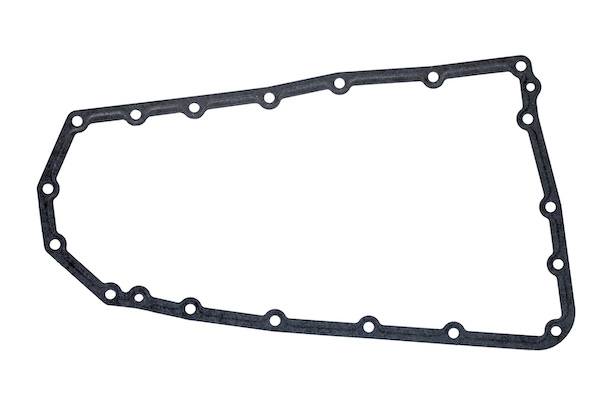
Gaskets, oil pans, valves, sensors... Your engine has a lot of parts and components, each vital to the safe and efficient running of your vehicle. But what exactly is an oil pan gasket? Let's start with the oil pan.
As a proud car owner, you'll know your engine needs oil. The oil pan is a reservoir for this oil as it travels through the engine and all its moving parts, lubricating and cooling them. It's bolted to the engine and is located in the bottom section of the engine block. To prevent leaks, the oil pan gasket seals the pan to the engine block, acting also as a cushion to prevent damage that may otherwise occur due to vibrations from the engine.
Types of Gaskets
Oil pan gaskets are built to withstand large amounts of heat and pressure. They're made of durable materials, such as steel, along with an aluminized seal with a rubber coating.
Different cars may have different oil pans and, therefore, different gaskets. For example, an aluminum pan will have a liquid silicone gasket while a pressed steel pan will use a gasket comprised of formed rubber. Rubber and silicone are both flexible, making them suitable materials for gaskets as they need to be able to expand and contract with heat.
Oil Pan Gasket Leaks
Over time, rubber parts will wear out as they dry up and start to crack. This means that after so many years, there is a risk they will fail, causing an oil leak that needs to be repaired as soon as possible. Here are some common signs of an oil leak you should look out for:
- Low Oil Level
- Oil Spots Under the Car
- Overheating
- Black Smoke (from under the hood)
Running your car on a low oil level can cause serious damage to your car's engine and its components, so it's important to get oil leaks fixed as soon as possible. If you need an oil pan gasket repair, we invite you to bring your vehicle into our auto repair shop today!